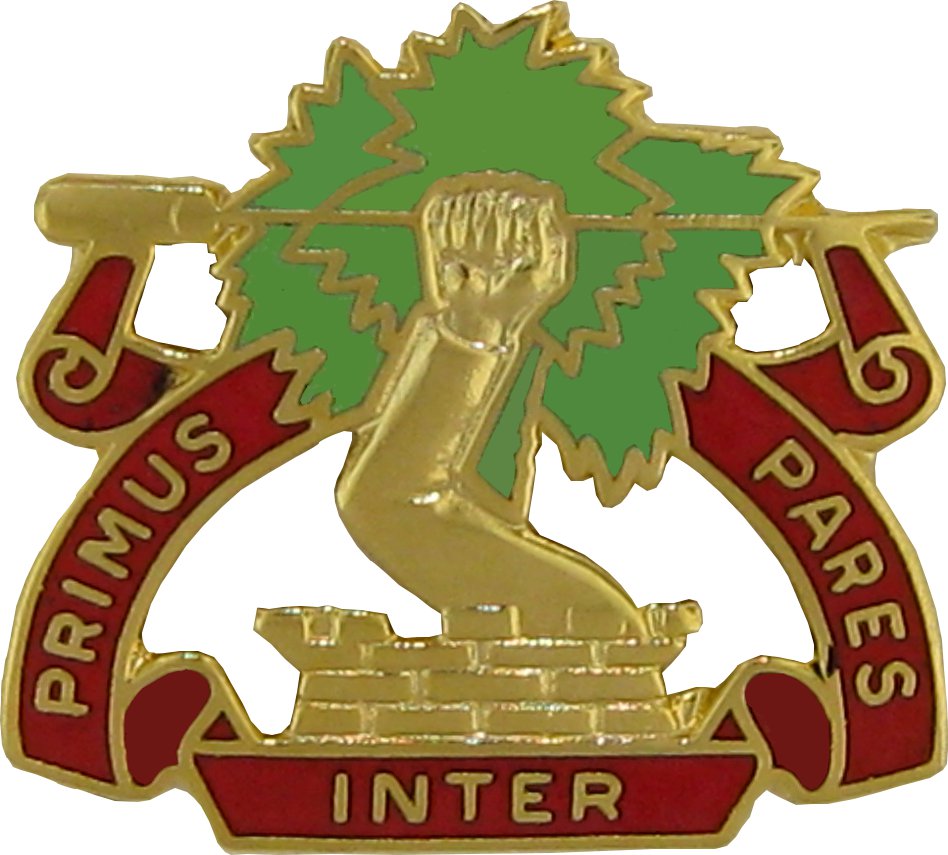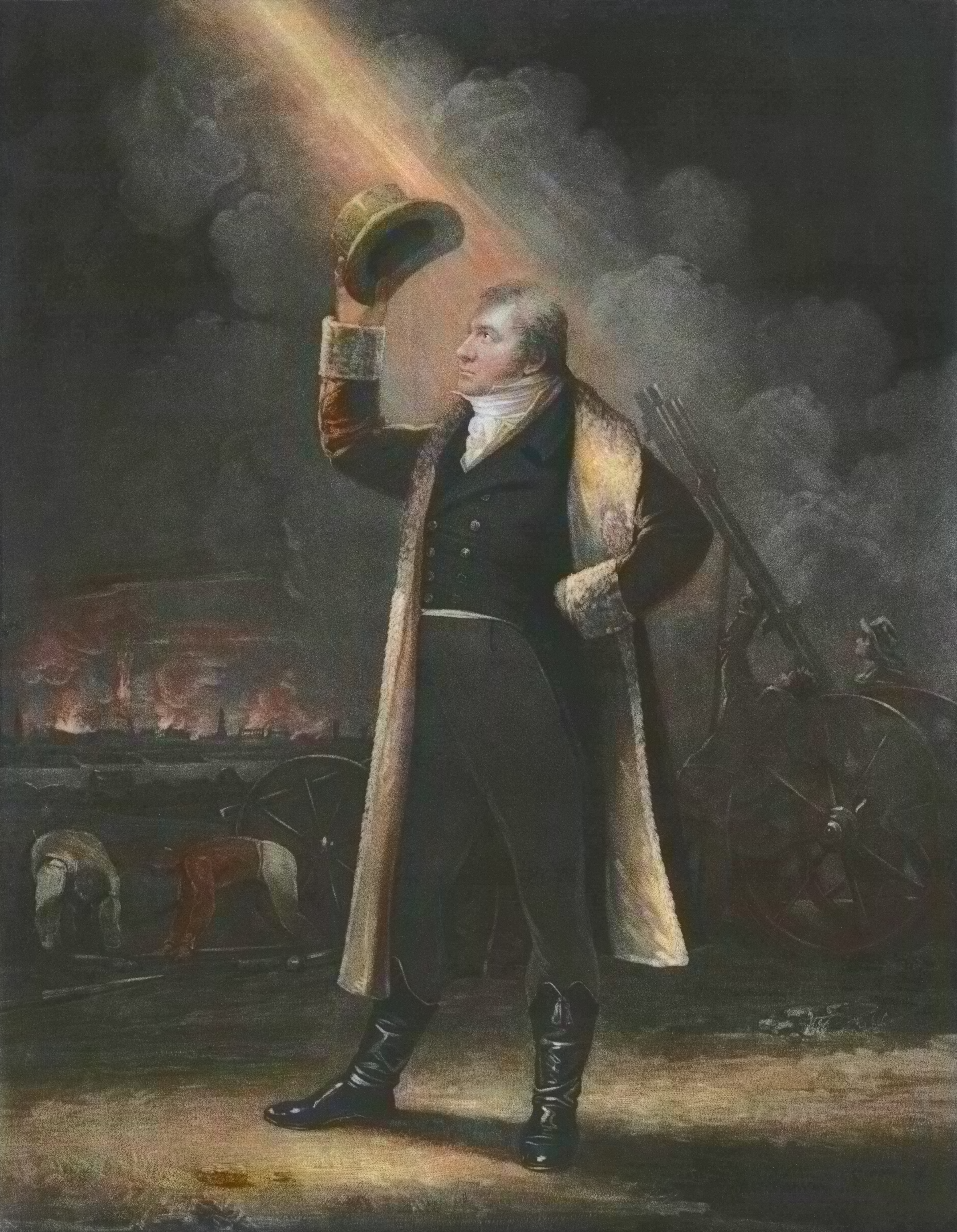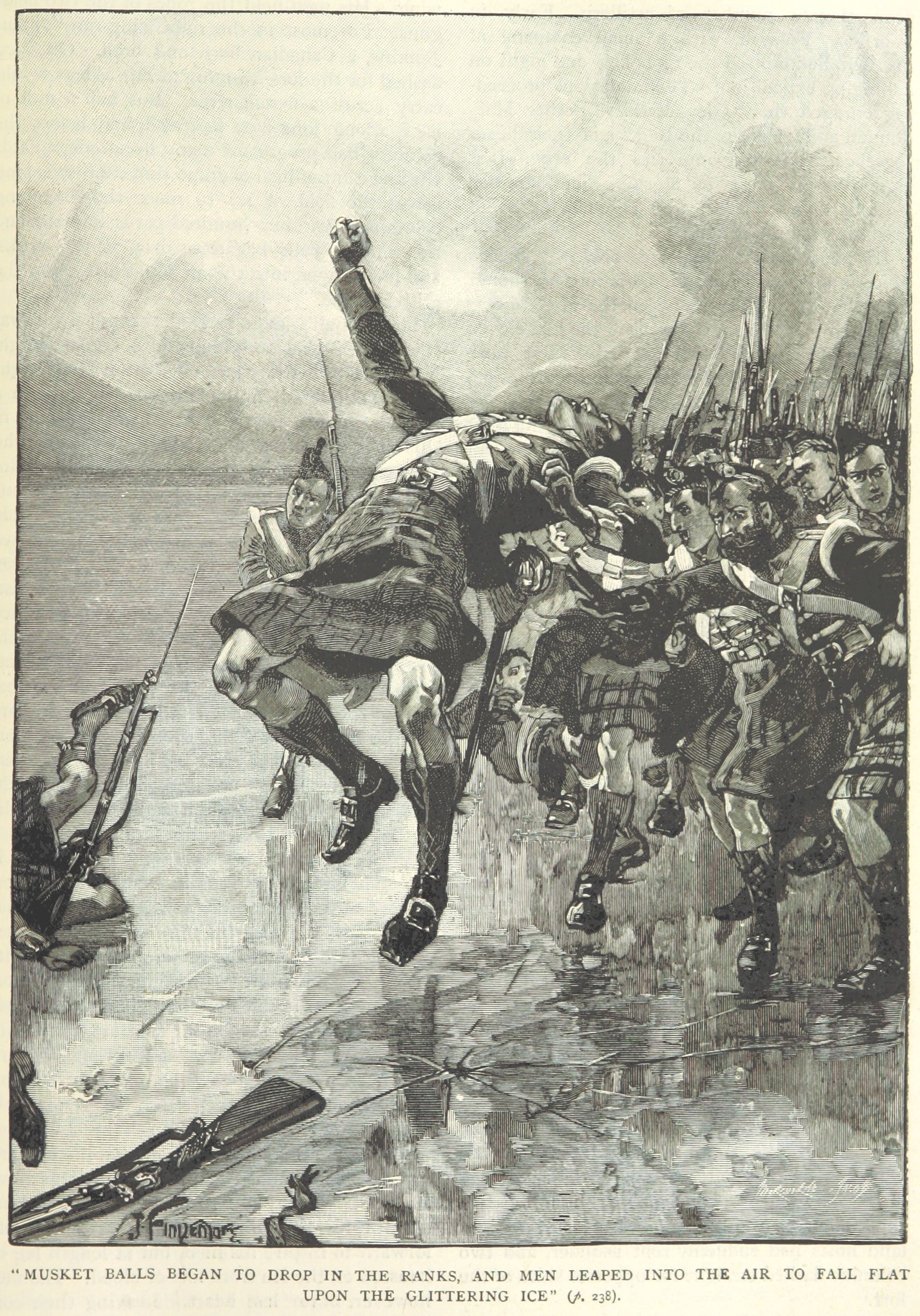|
Battle Of Cook's Mill
The Battle of Cook's Mills was the last engagement between U.S. and British armies in the Niagara, and the penultimate engagement (followed by the Battle of Malcolm's Mills) on Canadian soil during the War of 1812. After about a half-hour, American forces out-maneuvered the British column and destroyed all grain and flour. Background General Gordon Drummond had lifted the Siege of Fort Erie on 21 September 1814, and withdrew to a strong defensive position at Fort Chippawa on the north bank of Chippawa Creek. An American division under Major General George Izard had marched overland from Plattsburgh, New York to reinforce the Americans at Fort Erie (commanded by Major General Jacob Brown). Being the senior Major General, Izard took command of the combined force. The more aggressive Brown wished to attack Drummond immediately, with the combined force numbering 6,300. Izard chose not to risk the casualties of attacking a strong defensive position. Angered at Izard's lack of actio ... [...More Info...] [...Related Items...] OR: [Wikipedia] [Google] [Baidu] |
War Of 1812
The War of 1812 (18 June 1812 – 17 February 1815) was fought by the United States of America and its indigenous allies against the United Kingdom and its allies in British North America, with limited participation by Spain in Florida. It began when the United States declared war on 18 June 1812 and, although peace terms were agreed upon in the December 1814 Treaty of Ghent, did not officially end until the peace treaty was ratified by Congress on 17 February 1815. Tensions originated in long-standing differences over territorial expansion in North America and British support for Native American tribes who opposed US colonial settlement in the Northwest Territory. These escalated in 1807 after the Royal Navy began enforcing tighter restrictions on American trade with France and press-ganged men they claimed as British subjects, even those with American citizenship certificates. Opinion in the US was split on how to respond, and although majorities in both the House and ... [...More Info...] [...Related Items...] OR: [Wikipedia] [Google] [Baidu] |
Sacketts Harbor, New York
Sackets Harbor (earlier spelled Sacketts Harbor) is a village in Jefferson County, New York, United States, on Lake Ontario. The population was 1,450 at the 2010 census. The village was named after land developer and owner Augustus Sackett, who founded it in the early 1800s. Sackets Harbor is in the western part of the town of Hounsfield and is west of Watertown. The heart of the village, with a Main Street and well-preserved 19th century buildings, has been recognized as the Sackets Harbor Village Historic District and listed on the National Register of Historic Places in 1983. To support the War of 1812, the US Navy built a major shipyard and its headquarters for the Great Lakes at the village. Within a short period, more than 3,000 men worked at the shipyard. The Army constructed earthworks, forts, barracks and supporting infrastructure to defend the village and navy shipyard, and its troops also camped in the village. The thousands of military personnel made it seem like ... [...More Info...] [...Related Items...] OR: [Wikipedia] [Google] [Baidu] |
National Historic Sites In Ontario
This is a list of National Historic Sites (french: Lieux historiques nationaux) in the province of Ontario. As of July 2021, there were 274 sites designated in Ontario, 39 of which are administered by Parks Canada (identified below and on the cluster pages listed below by the beaver icon . Of all provinces and territories, Ontario has the greatest number of National Historic Sites, and the largest number under Parks Canada administration, with a dense concentration in southern Ontario. The five largest clusters are listed separately: ::· List of National Historic Sites in Hamilton ::· List of National Historic Sites in Kingston ::· List of National Historic Sites in Niagara Region ::· List of National Historic Sites in Ottawa ::· List of National Historic Sites in Toronto Numerous National Historic Events also occurred across Ontario, and are identified at places associated with them, using the same style of federal plaque which marks National Historic Sites. Several ... [...More Info...] [...Related Items...] OR: [Wikipedia] [Google] [Baidu] |
Battles On The Niagara Frontier
A battle is an occurrence of combat in warfare between opposing military units of any number or size. A war usually consists of multiple battles. In general, a battle is a military engagement that is well defined in duration, area, and force commitment. An engagement with only limited commitment between the forces and without decisive results is sometimes called a skirmish. The word "battle" can also be used infrequently to refer to an entire operational campaign, although this usage greatly diverges from its conventional or customary meaning. Generally, the word "battle" is used for such campaigns if referring to a protracted combat encounter in which either one or both of the combatants had the same methods, resources, and strategic objectives throughout the encounter. Some prominent examples of this would be the Battle of the Atlantic, Battle of Britain, and Battle of Stalingrad, all in World War II. Wars and military campaigns are guided by military strategy, whereas bat ... [...More Info...] [...Related Items...] OR: [Wikipedia] [Google] [Baidu] |
Battles Of The War Of 1812 In Ontario
A battle is an occurrence of combat in warfare between opposing military units of any number or size. A war usually consists of multiple battles. In general, a battle is a military engagement that is well defined in duration, area, and force commitment. An engagement with only limited commitment between the forces and without decisive results is sometimes called a skirmish. The word "battle" can also be used infrequently to refer to an entire operational campaign, although this usage greatly diverges from its conventional or customary meaning. Generally, the word "battle" is used for such campaigns if referring to a protracted combat encounter in which either one or both of the combatants had the same methods, resources, and strategic objectives throughout the encounter. Some prominent examples of this would be the Battle of the Atlantic, Battle of Britain, and Battle of Stalingrad, all in World War II. Wars and military campaigns are guided by military strategy, wherea ... [...More Info...] [...Related Items...] OR: [Wikipedia] [Google] [Baidu] |
Active Regular Army Units With Campaign Credit For The War Of 1812
Twenty-three currently active battalions of the Regular Army earned credit for campaigns during the War of 1812: two Air Defense Artillery battalions, six Field Artillery Battalions and seventeen Infantry battalions. These twenty-three battalions represent two Air Defense Artillery, four Field Artillery and seven Infantry regiments. Three additional Air Defense Artillery regiments have been awarded shared credit for War of 1812 campaigns, but the lineages of the artillery companies that earned those credits have not been perpetuated by currently active battalions. There are also twenty-four Army National Guard units with campaign credit for the War of 1812. Air Defense Artillery When the War of 1812 began, the Regular Army contained four regiments of artillery: the 1st, 2nd and 3rd Regiments of Artillery, and the Regiment of Light Artillery. In March 1814 the 1st, 2nd and 3rd Regiments were combined to form the Corps of Artillery, consisting of forty-eight companies; the Re ... [...More Info...] [...Related Items...] OR: [Wikipedia] [Google] [Baidu] |
National Historic Sites Of Canada
National Historic Sites of Canada (french: Lieux historiques nationaux du Canada) are places that have been designated by the federal Minister of the Environment on the advice of the Historic Sites and Monuments Board of Canada (HSMBC), as being of national historic significance. Parks Canada, a federal agency, manages the National Historic Sites program. As of July 2021, there were 999 National Historic Sites, 172 of which are administered by Parks Canada; the remainder are administered or owned by other levels of government or private entities. The sites are located across all ten provinces and three territories, with two sites located in France (the Beaumont-Hamel Newfoundland Memorial and Canadian National Vimy Memorial). There are related federal designations for National Historic Events and National Historic Persons. Sites, Events and Persons are each typically marked by a federal plaque of the same style, but the markers do not indicate which designation a subject ... [...More Info...] [...Related Items...] OR: [Wikipedia] [Google] [Baidu] |
Lake Ontario
Lake Ontario is one of the five Great Lakes of North America. It is bounded on the north, west, and southwest by the Canadian province of Ontario, and on the south and east by the U.S. state of New York. The Canada–United States border spans the centre of the lake. The Canadian cities of Toronto, Kingston, Mississauga, and Hamilton are located on the lake's northern and western shorelines, while the American city of Rochester is located on the south shore. In the Huron language, the name means "great lake". Its primary inlet is the Niagara River from Lake Erie. The last in the Great Lakes chain, Lake Ontario serves as the outlet to the Atlantic Ocean via the Saint Lawrence River, comprising the eastern end of the Saint Lawrence Seaway. The Moses-Saunders Power Dam regulates the water level of the lake. Geography Lake Ontario is the easternmost of the Great Lakes and the smallest in surface area (7,340 sq mi, 18,960 km2), although it exceeds La ... [...More Info...] [...Related Items...] OR: [Wikipedia] [Google] [Baidu] |
Congreve Rocket
The Congreve rocket was a type of rocket artillery designed by British inventor Sir William Congreve in 1808. The design was based upon the rockets deployed by the Kingdom of Mysore against the East India Company during the Second, Third, and Fourth Anglo-Mysore Wars. Lieutenant general Thomas Desaguliers, colonel commandant of the Royal Artillery at Woolwich, was impressed by reports of their effectiveness, and undertook several unsuccessful experiments to produce his own rocket weapons. Several captured Mysorean rockets were sent to England following the annexation of the Mysorean kingdom into British India following the death of Tipu Sultan in the siege of Seringapatam. The project was continued chiefly with William Congreve, who set up a research and development programme at the Woolwich Arsenal's laboratory. After development work was complete the rockets were manufactured in quantity further north, near Waltham Abbey, Essex. He was told that "the British at Se ... [...More Info...] [...Related Items...] OR: [Wikipedia] [Google] [Baidu] |
Canadian Units Of The War Of 1812
When the United States and the United Kingdom went to war against each other in 1812, the major land theatres of war were Upper Canada (broadly the southern portion of the present day province of Ontario), Michigan Territory, Lower Canada (roughly the southern part of present-day Quebec) and the Maritime Provinces of Nova Scotia, New Brunswick, Prince Edward Island and Cape Breton (colony between 1784 and 1820). Each of the separate British administrations formed regular and fencible units, and both full-time and part-time militia units, many of which played a major part in the fighting over the two and a half years of the war. Fencibles Fencibles were military units raised on the same terms as regular troops, but liable for service only in North America. Atlantic provinces New Brunswick Regiment of Fencible Infantry This regiment was raised in 1803. Although established as Fencibles, the regiment volunteered for general service, and became the 104th (New Brunswi ... [...More Info...] [...Related Items...] OR: [Wikipedia] [Google] [Baidu] |
Glengarry Light Infantry
The Glengarry Light Infantry Fencibles were a light infantry unit, raised chiefly in the Glengarry District of Upper Canada shortly before the outbreak of the Anglo-American War of 1812. The unit fought throughout the war, and was disbanded shortly afterwards. Formation It was proposed to form a unit of fencibles in the Glengarry district in Upper Canada as early as 1807. Many of the inhabitants of the district were Catholic emigrants from Glengarry, Scotland, and many had served in the Glengarry Fencibles, which had been raised in 1794 and disbanded in 1802 shortly after the Treaty of Amiens had been signed, ending the war between Britain and Republican France. During that time they had performed garrison duties in the Channel Islands and fought in the Irish rebellion of 1798. The fencible units raised in Canada would serve under the same terms of enlistment as regular soldiers but would be obliged to serve in North America only. The Secretary of State for War and the Colonie ... [...More Info...] [...Related Items...] OR: [Wikipedia] [Google] [Baidu] |
Royal Warwickshire Fusiliers
Royal may refer to: People * Royal (name), a list of people with either the surname or given name * A member of a royal family Places United States * Royal, Arkansas, an unincorporated community * Royal, Illinois, a village * Royal, Iowa, a city * Royal, Missouri, an unincorporated community * Royal, Nebraska, a village * Royal, Franklin County, North Carolina, an unincorporated area * Royal, Utah, a ghost town * Royal, West Virginia, an unincorporated community * Royal Gorge, on the Arkansas River in Colorado * Royal Township (other) Elsewhere * Mount Royal, a hill in Montreal, Canada * Royal Canal, Dublin, Ireland * Royal National Park, New South Wales, Australia Arts, entertainment, and media * ''Royal'' (Jesse Royal album), a 2021 reggae album * ''The Royal'', a British medical drama television series * ''The Royal Magazine'', a monthly British literary magazine published between 1898 and 1939 * ''Royal'' (Indian magazine), a men's lifestyle bimonthly * Royal Te ... [...More Info...] [...Related Items...] OR: [Wikipedia] [Google] [Baidu] |

(retouched)(transparent).png)






